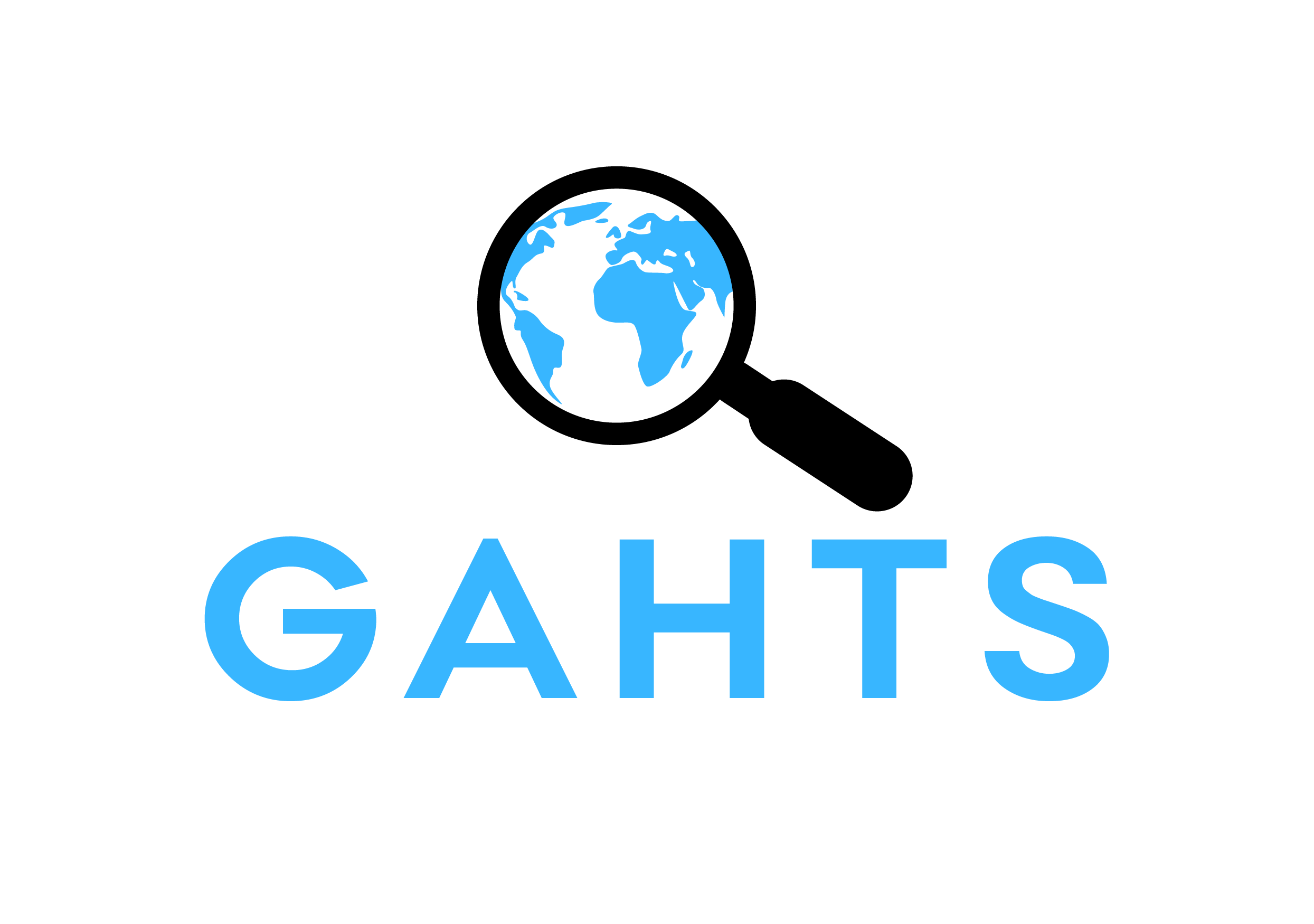Indicators of Gender Inequality and Violence against Women Predict Number of Reported Human Trafficking Legal Cases across Countries
Author: Cameron, Erinn; Cunningham, Fiona; Hemingway, Samantha; Tschida, Sherri & Jacquin, Kristine
Abstract: Although efforts to combat human trafficking have increased in recent decades, human trafficking remains a significant global human rights issue, with an estimated 40.3 million victims. Due to the covert nature of human trafficking, and incongruencies in reporting, accurate data is scarce. Human trafficking legal cases can provide a partial record of the extent of human exploitation occurring within countries. Despite extensive research, factors driving human trafficking remain unclear. Our research examined the predictive value of indicators of gender inequality and violence against women on human trafficking legal cases across countries. Regression analysis revealed multiple significant models. The model with the largest effect size included the predictors Gender Development Index, labor force participation for women, share of seats in parliament for women, life expectancy for females, estimated gross national income for women, and rape rate. Rape rate was the single best predictor. Results indicate that specific aspects of structural gender inequality and violence against women are significantly associated with human trafficking legal cases. Future research is needed to more clearly understand the motivations and behaviors of traffickers and what drives trafficking conviction rates at national levels.
Keywords: Human trafficking, structural gender inequality, rape rate, violence against women, human trafficking legal cases
